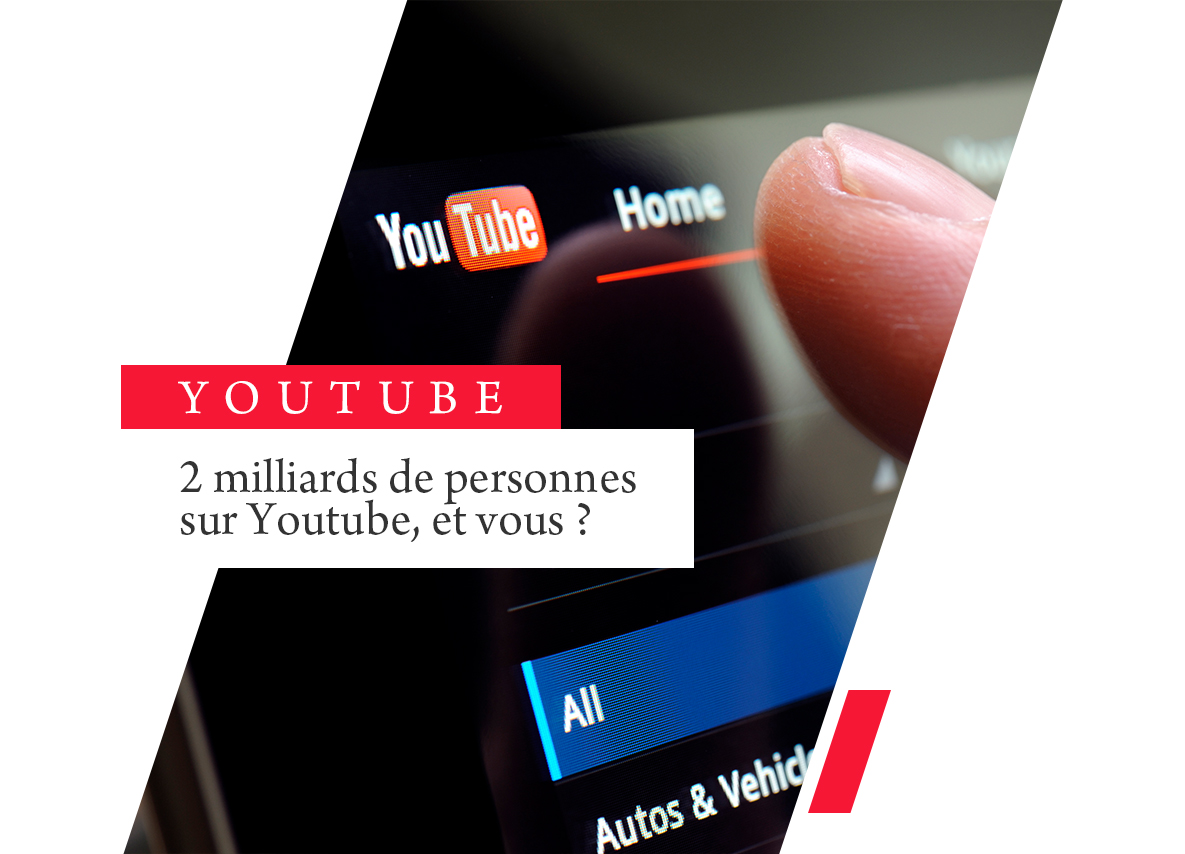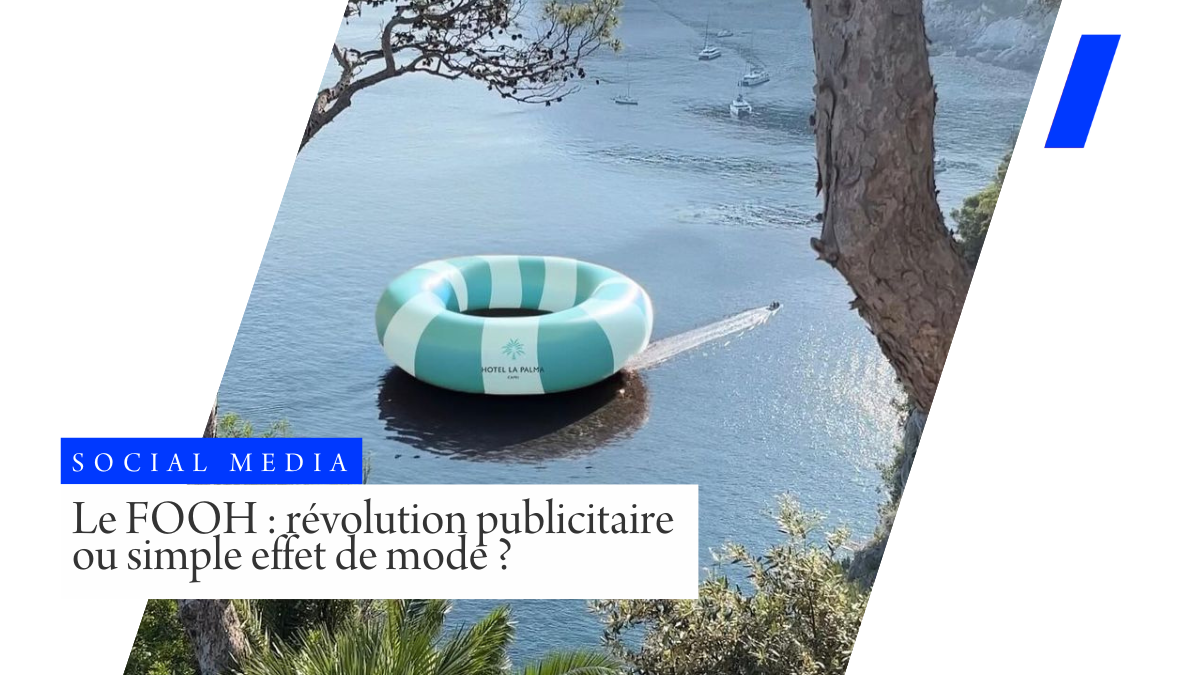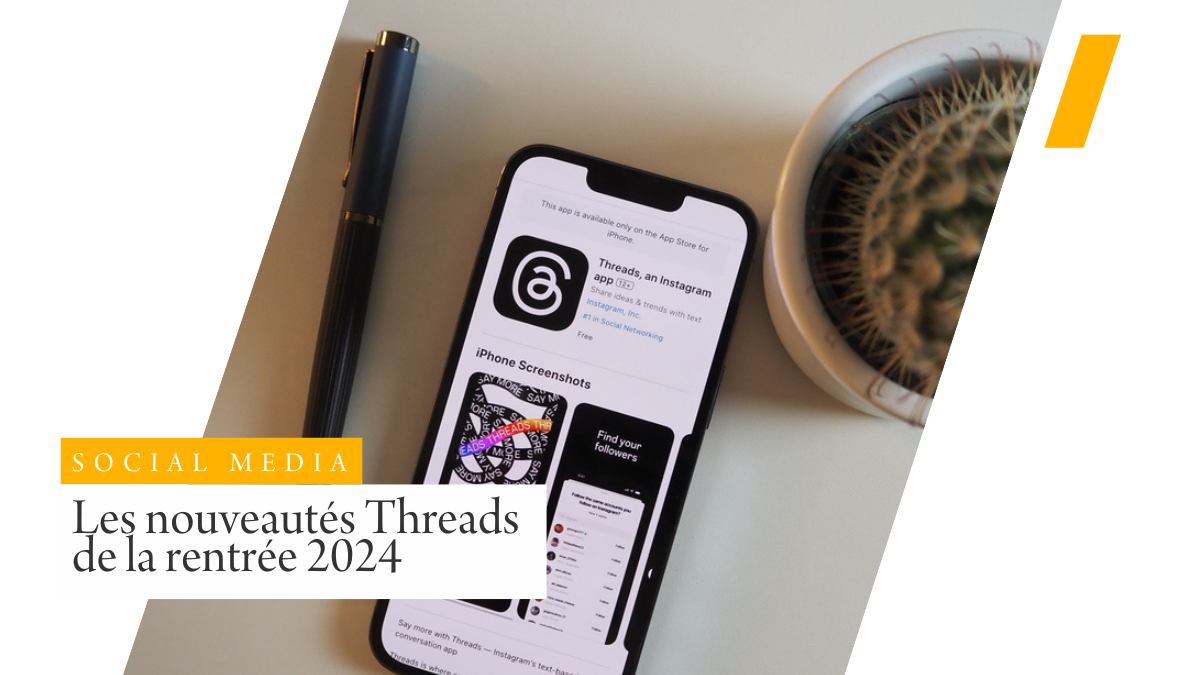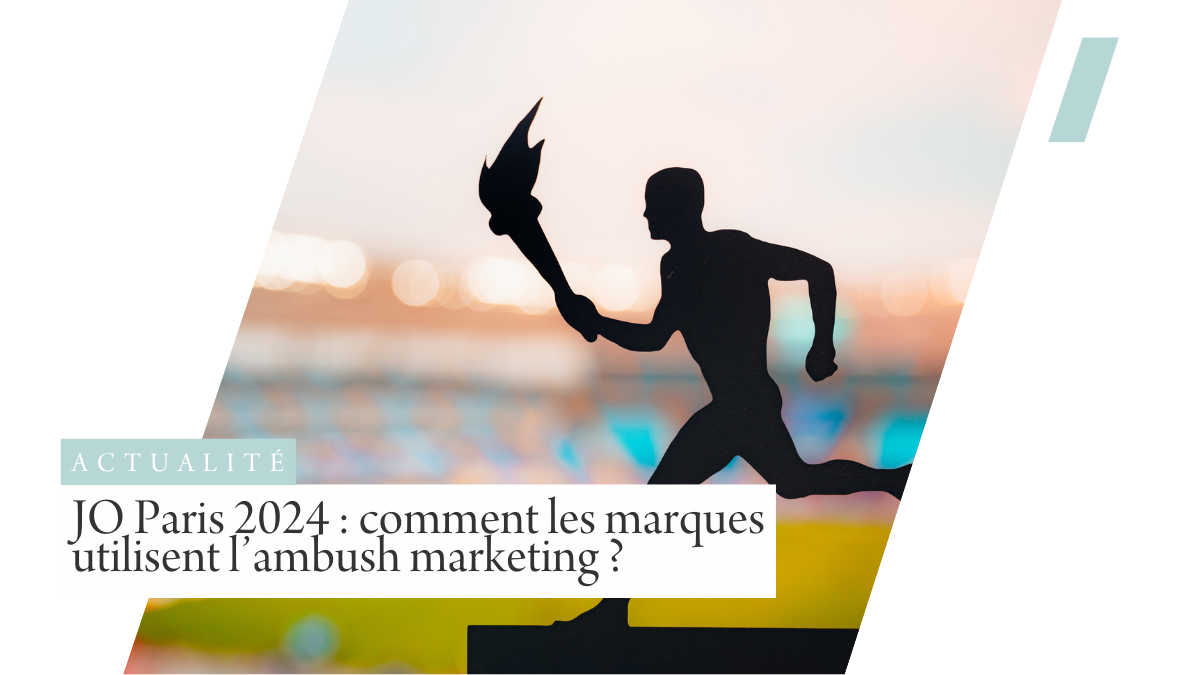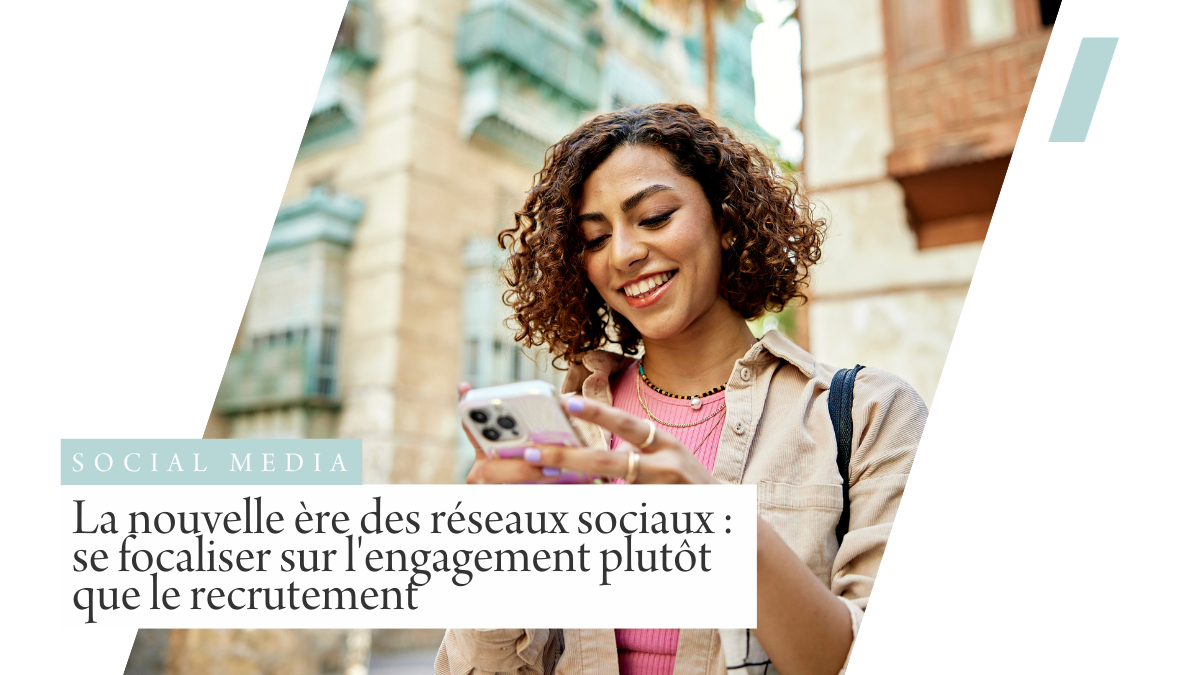2,000,000,000 people.
Astronomical, isn’t it?
Who wouldn’t want such an audience?
Who can say today that their customer, their communication target, isn’t part of an audience of 2 billion people worldwide?
This is the story of a company founded in 2005 by former Paypal employees.
The idea?
A platform for sharing videos of… singles!
Youtube was originally a dating site where members could introduce themselves on video.
Avant-garde, yes, but shortly after its launch, Youtube turned back the clock to become a generalist platform, with this very first video posted in April 2005
Me at the Zoo, by Jawed Karim, 133 million views for a raw format of 18 seconds, is the first video in a long series of a global phenomenon.
If this article will take you 15 minutes to read, remember that in the meantime, nearly 74 million videos have been viewed, and 7,500 hours of videos published at this very moment.
Colossal.
Since its takeover by Google in 2006, Youtube has gone from strength to strength, aiming to become the world’s most popular social network.
Almost won, just behind Facebook.
Competition between the 2 social media giants has never been so intense.
As proof, the development of similar tools.
One of the social giants’ favorite monetization tools: the content creator.
The little subscription bell on their account is only a few years old on Youtube, and like Instagram/Facebook, the video platform has also expanded into the live format, but also ephemeral content with stories, or again, the big novelty that is upsetting the new behemoth from Asia, aka Tiktok, ” Shorts “, the vertical format of 60 seconds maximum on Youtube.
So, Facebook, Instagram, Tiktok, Youtube, all the same?
Yes, but no.
Formats are becoming more uniform, with video the big winner.
And to the benefit of different uses and users, the short, viral, vertical snack video, and the longer, more elaborate formats, vlogs, face cams or short films.
A single watchword: VIDEO.
We presented it to you in an article dedicated to Influence Marketing: users absorb 90% more messages per video, compared to reading an article.
This content format is therefore much more impactful.
Some experts estimate that video will account for 80% of global online traffic by 2021.
In France, as always, the phenomenon has been slow to take hold.
For years, Youtube made communication agencies and advertisers skeptical, reducing the platform to a video game testing ground for socially isolated teenagers (let’s call them “geeks”).
FALSE!
It’s now more than one French person in two, 46 million visitors to the platform every month, with the majority (52%) in the 25-49 age bracket.
This audience (the one that advertisers massively favor for their purchasing power) spends an average of 27 minutes per connection on the site, compared to 46 min for the younger segment.
This is long enough for us to see these figures not simply as visitors passing through, clicking here and there on a video or clip shared with friends, but as real consumers of the video product.
So we’re consuming video on social networks in 2020.
That’s true.
But on Youtube, the mechanics differ in 2 essential ways that make the platform unique.
The audience is not the actor in content creation.
The network operates on 3 different media.
In what way are we spectators of this social network?
Of course it’s democratic, and encourages sharing, commenting, liking and subscribing.
Because even if it exists in a monetized format (subscriptions), the product on which its economy is based is you, us, the viewers, and this is achieved through data and statistics.
But who creates?
On Youtube, anyone can post, just like on Instagram or Facebook.
However, at first glance, the platform is more complex and demanding, not to say technical or “elitist” (note the quotation marks).
It’s rare to see a family member naturally sharing their own videos on the platform.
This can be explained by the format (not everyone – but that’s changing – knows how to produce video), but also by the fact that Youtube undoubtedly has a popular image as a platform reserved for nerds and gamers.
If it’s not the ideal space for exchange and interaction (79% of Internet users have a YouTube account, but not all of them post), it has established itself as the medium for creation, test and learn, UFO formats and all kinds of subjects.
A “freer”, less uniform space?
Let’s take a closer look at the most popular figures:
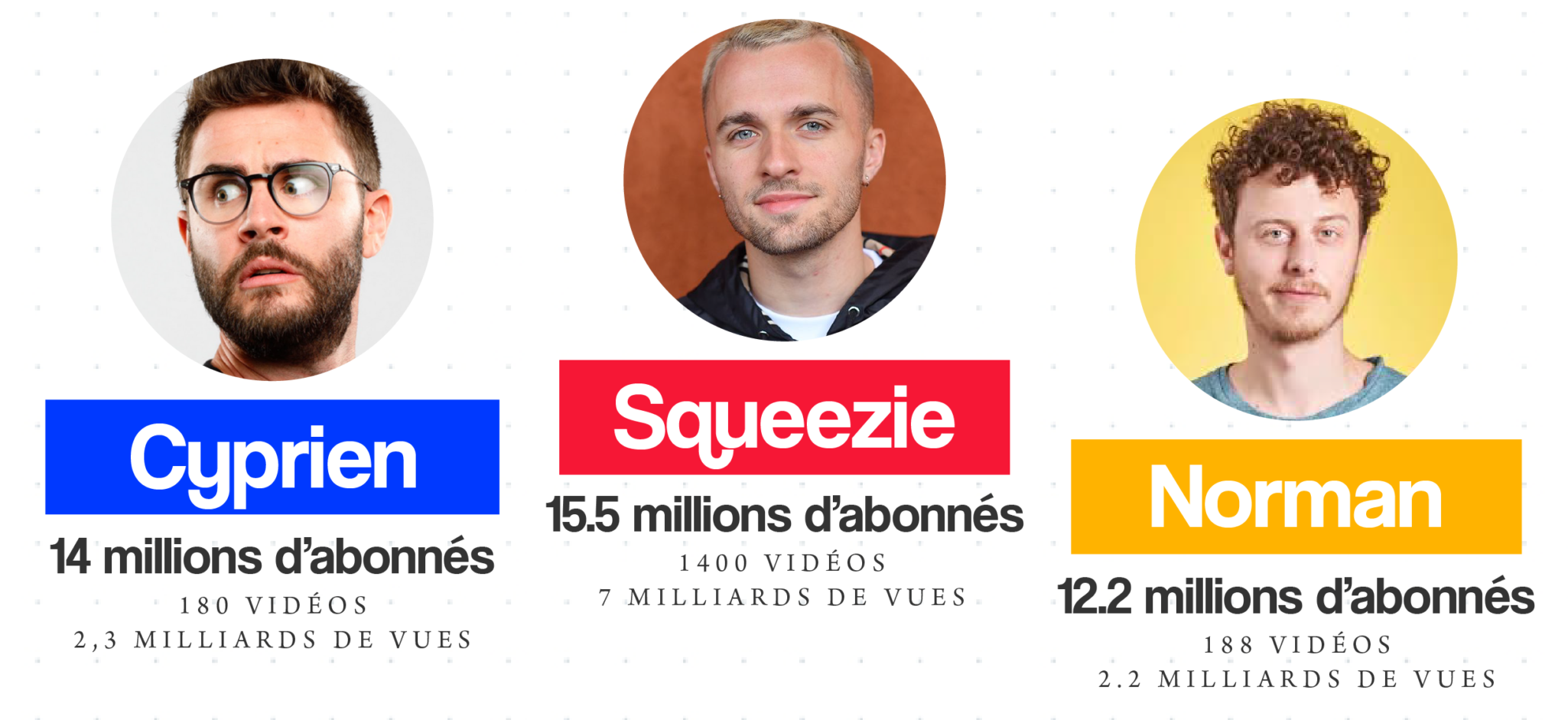
Squeezie, number 1 in terms of number of subscribers, has 15.5 million subscribers with nearly 1,400 videos posted and a total of 7 billion views.
Just behind, Cyprien has 14 million subscribers with 180 videos posted and 2.3 billion views. Norman, with 12.2 million subscribers, 188 videos posted and 2.2 billion views , takes3rd place on the French podium (January 2021 figures).
They’re between 20 and 30, gamers, funny and creative, and they’ve known how to use a new medium without a content strategy, right from the start.
They’re also a bit of a Youtube stereotype, for their age, their universe and their tone.
They’re also the symbol of the “boy next door”, the everyman, who doesn’t have the profile but ends up as a (very) successful entrepreneur.
In a way, they’re the symbol of “everyone has their place on Youtube”.
But what makes Youtube so different from other social media is above all its medium.
Proof with 3.
Mobile, Computer, Television
Youtube in the hand every day.
This makes it a unique opportunity for the brands and advertisers who read us. 37% of global mobile traffic is on YouTube, ahead of Facebook (8.4%) and Snapchat (8.3%).
And yes, over 70% of YouTube videos are viewed on mobile.
In addition to potentially immediate conversion from a phone, the tool is becoming an everyday reflex.
So, personal use?
Some would say that Youtube is a much more personal form of consumption than television, which brings the whole household together for live viewing.
But things and habits have evolved at the same pace as audiences have aged.
Today, Youtube is the most consumed application in the box environment, well ahead of TF1, M6 and even Netflix.
The major advertisers have understood this, as many have merged their TV and digital divisions into a single division that buys video on all devices.
In the long term, Google’s ambition with its platform is to nibble away at, if not cannibalize, TV advertising budgets in favor of its platform.
Time will undoubtedly do its work in its favor, even if the generational conflict still makes those concerned often skeptical.
And yet, while not all advertisers buy advertising videos on Youtube, 62% of companies worldwide have a YouTube channel for posting videos.
Youtube, media library?
Archive?
Yet this is a complete under-exploitation of the medium.
To demonstrate this, let’s look at a few figures:
- 90% of users have discovered a new brand or product thanks to YouTube
- The average visibility of ads on YouTube is 95%, 30 points above the web and mobile average.
- 66% of Bumper campaigns (6-second, non-skippable ads) measured generated a 14% increase in brand awareness.
- 9 out of 10 “Bumper ads” generated an increase in ad recall (by 34% on average).

The advertising method on Youtube is as well-honed as on TV: interruption of programs with spots you can’t “zap”, targeting of course, a high-performance algorithm, but also the integration of advertising messages at the very heart of content creation, just as we see every day on Facebook or Instagram.
Monetize or mediatize
Youtubers, as content creators, have a number of options for supporting their channels.
To put it simply, videos are self-produced and monetized: Youtube places its ads and pays per view, or advertising can be integrated into the core of the content, through a more or less elaborate story-telling, or even an outright statement (“here’s the partner who allows me to produce this content for you”).
Youtube viewers are used to placements and are familiar with these mechanisms, which are more transparent than on other social media.
Until a few years ago, regulations were obviously not as strict, but the same transparency obligations apply as in television.
This gives the content creator clarity vis-à-vis his community, and a collaborative ethic with his advertiser that can also be seen in the content itself: message transparency, pedagogy, advertising mentions.
And that’s why it works: the content creator assumes his advertising role, the advertiser gets a clear, undisguised message, the viewer can identify what’s advertising and what’s not.
And that’s not why it doesn’t transform.
Television has proven its worth in this area!
The end result?
As well as a format more suited to long story-telling, it also means opening up to a greater diversity of content and subjects.
Less uniform in message and content than its Facebook counterparts, Youtube’s top video topics last year include the environment, sustainable fashion, beauty and sustainable living.
Invest your digital communication on Youtube?
Create your virtual library using the #1 format of our time: video.
Show your brand’s values and assets, behind the scenes, methods.
But Youtube isn’t just a place for broadcasting “nice publicity spots”.
Partnering with Youtubers to take advantage of their creative expertise, their audience and their image is an essential tool for raising your profile with a priority target, but it also means innovating.
Communication campaigns on Youtube can take many forms.
Of course, you can place your product or brand and sponsor a video, but why not create content and formats with Youtubers?
Web series, ARGs (multi-media virtual storytelling involving audiences in the evolution of the story or investigation), video analyses, portraits, games, personality crossovers – the list of formats is long and leaves much to the imagination.
One watchword for capturing attention: tell stories and be creative.
Sources: YouTube / Think with Google / Le Blog du Moderateur
